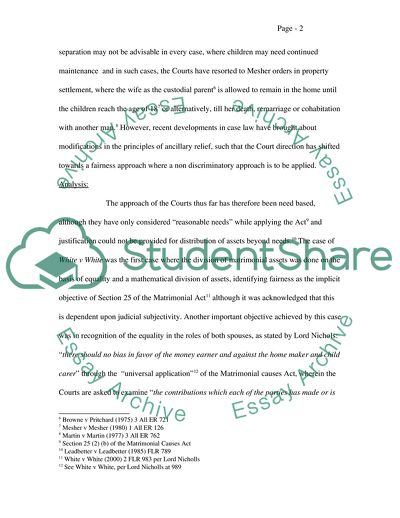Cite this document
(Family Law - Ancillary Relief according to the Matrimonial Causes Act Case Study, n.d.)
Family Law - Ancillary Relief according to the Matrimonial Causes Act Case Study. Retrieved from https://studentshare.org/law/1708818-family-law
Family Law - Ancillary Relief according to the Matrimonial Causes Act Case Study. Retrieved from https://studentshare.org/law/1708818-family-law
(Family Law - Ancillary Relief According to the Matrimonial Causes Act Case Study)
Family Law - Ancillary Relief According to the Matrimonial Causes Act Case Study. https://studentshare.org/law/1708818-family-law.
Family Law - Ancillary Relief According to the Matrimonial Causes Act Case Study. https://studentshare.org/law/1708818-family-law.
“Family Law - Ancillary Relief According to the Matrimonial Causes Act Case Study”. https://studentshare.org/law/1708818-family-law.


